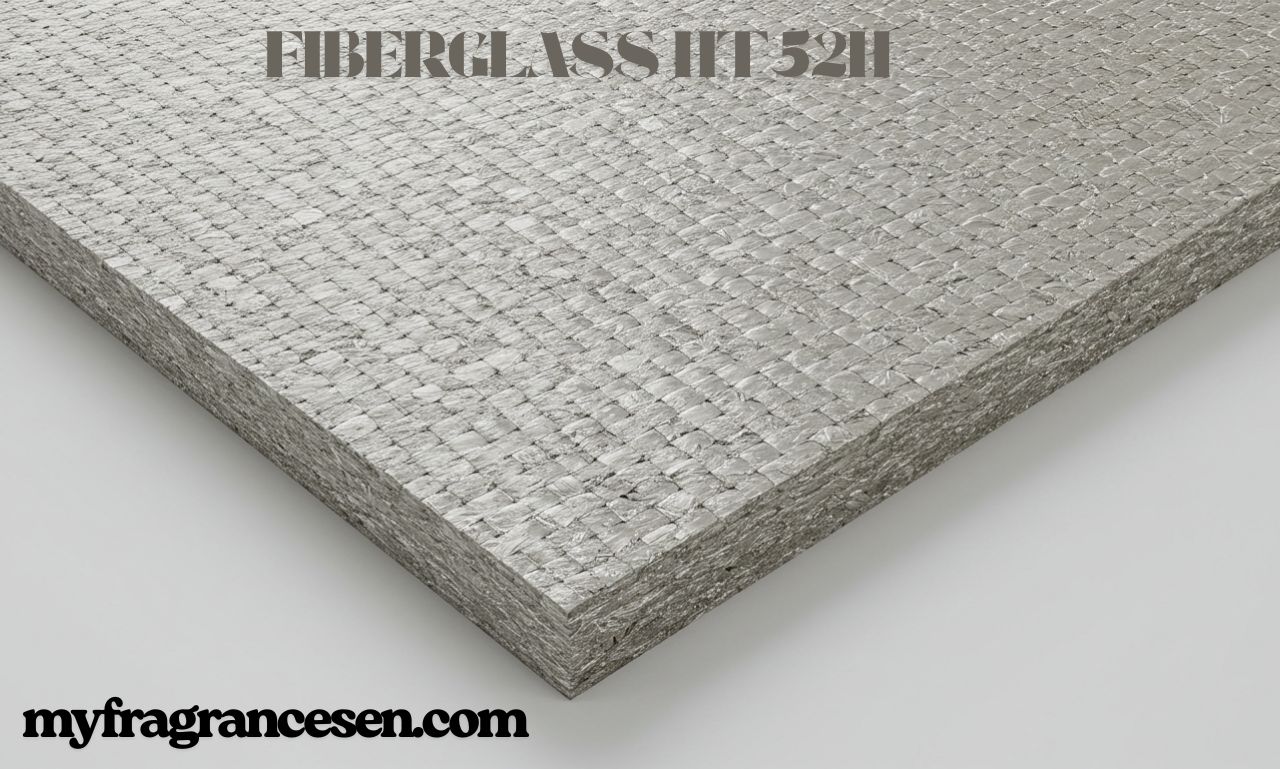Fiberglass HT52H has emerged as one of the most reliable and high-performance composite materials for modern manufacturing, engineering, and construction needs. Known for its strength, versatility, and resistance to harsh environments, Fiberglass HT52H is widely used in industries ranging from aerospace to marine engineering. Its unique composition allows it to outperform traditional materials in durability and cost-effectiveness, making it a popular choice for professionals and hobbyists alike. Understanding its specifications, potential applications, and smart buying strategies can help you make the most of this exceptional material.
Understanding the Composition and Properties of Fiberglass HT52H
Fiberglass HT52H is a reinforced composite material made primarily of fine glass fibers embedded within a resin matrix. This combination creates a lightweight yet extremely strong product capable of withstanding high mechanical stress and environmental challenges. The HT52H designation typically refers to a specialized formulation optimized for heat resistance, tensile strength, and dimensional stability.
Unlike standard fiberglass sheets, the HT52H variant incorporates improved fiber density and advanced resin bonding technology, which enhances its thermal tolerance and load-bearing capabilities. It is designed for performance under continuous use in demanding applications, particularly where strength-to-weight ratio is critical.
The key to its reliability lies in the manufacturing process. Each fiber strand is treated to bond seamlessly with the resin, creating a uniform structure that resists cracking, delamination, and warping over time. This ensures the final product delivers consistent results across diverse conditions.
Technical Specifications That Define Fiberglass HT52H
The specifications of Fiberglass HT52H set it apart from standard fiberglass products. In most cases, it features a high tensile strength that can exceed several hundred megapascals, allowing it to bear significant loads without deforming. Its density is optimized to maintain lightness while still offering rigidity comparable to metals in certain structural contexts.
Thermal resistance is another defining feature. Fiberglass HT52H can typically withstand prolonged exposure to elevated temperatures without compromising its structural integrity. This makes it suitable for environments where conventional plastics or metals might degrade or warp.
Its chemical resistance is equally impressive. The resin formulation used in HT52H is often resistant to acids, alkalis, and solvents, making it suitable for industrial applications involving corrosive substances. Electrical insulation properties are another advantage, as the material can serve effectively in high-voltage applications without risk of conduction or short-circuiting.
Furthermore, its moisture resistance ensures that water absorption remains minimal, preserving both its weight and performance in marine or outdoor settings. This makes HT52H a versatile option for applications requiring long-term exposure to humidity or immersion.
Applications Across Diverse Industries
The versatility of Fiberglass HT52H allows it to be used in an extensive range of industries. In aerospace engineering, it is often chosen for its exceptional strength-to-weight ratio, making it ideal for interior components, structural supports, and protective panels. Its low weight contributes to fuel efficiency, while its resilience ensures safety and reliability.
In the marine sector, Fiberglass HT52H is used for boat hulls, decking, and reinforcement panels due to its ability to resist saltwater corrosion and high moisture exposure. Unlike metals, it does not rust, and unlike untreated wood, it does not rot, making it a long-lasting choice for demanding maritime conditions.
Automotive manufacturers also rely on HT52H for body panels, undercarriage shielding, and even custom racing parts. Its ability to withstand impacts while reducing overall vehicle weight has made it a staple in performance and specialty vehicles.
Electrical and electronics industries utilize its insulation properties for switchgear panels, protective casings, and circuit board supports. Since it is non-conductive, it provides safety and durability without adding unnecessary bulk.
Even in construction, Fiberglass HT52H is used for roofing panels, façade elements, and architectural features where strength, weather resistance, and low maintenance are critical. Its aesthetic adaptability allows it to be manufactured in various finishes and colors to meet design requirements.
Benefits of Choosing Fiberglass HT52H Over Other Materials
Selecting Fiberglass HT52H over alternative materials comes with several distinct benefits. Its durability ensures that installations last for years with minimal maintenance, reducing total lifecycle costs. Unlike metals, it does not corrode, and unlike plastics, it retains rigidity under heat and mechanical stress.
Its weight advantage also leads to easier handling, reduced shipping costs, and lower installation labor requirements. These benefits are particularly important for large-scale projects where efficiency and safety matter.
Another notable advantage is its adaptability. Fiberglass HT52H can be molded into complex shapes without losing structural integrity. This is especially valuable in custom manufacturing, where unique part designs are essential.
Its environmental resilience also makes it a future-proof choice. Whether exposed to UV light, heavy rain, or fluctuating temperatures, HT52H maintains its performance without extensive protective coatings.
Factors to Consider When Buying Fiberglass HT52H
When sourcing Fiberglass HT52H, understanding the specific needs of your project is essential. Thickness, resin type, and fiber orientation can all influence the material’s performance in a given application. For high-load or structural uses, a thicker sheet or higher fiber density may be necessary, while lightweight projects may benefit from a thinner, more flexible form.
Supplier credibility is also important. Working with reputable manufacturers or distributors ensures you receive genuine HT52H-grade fiberglass with consistent quality. Cheaper alternatives may be tempting but can lead to performance issues if they do not meet the same specifications.
Consider the intended environmental exposure as well. If your application involves prolonged outdoor use or direct sunlight, UV-resistant resin formulations are a wise choice. For chemically demanding environments, ensure the resin matrix is rated for exposure to specific corrosive agents.
Budget planning should also account for installation and maintenance. While Fiberglass HT52H is low-maintenance, certain applications may require protective coatings, specialized cutting tools, or professional installation to maximize its lifespan and safety.
How to Identify Genuine Fiberglass HT52H
With the rise in demand for composite materials, counterfeit or substandard products have become more common in the market. Genuine Fiberglass HT52H should come with manufacturer certifications and technical datasheets that detail its tensile strength, thermal resistance, and compliance with industry standards.
Visual inspection can also provide clues. Authentic HT52H typically has a uniform fiber distribution, consistent resin saturation, and no visible air bubbles or weak spots. Poorly manufactured products may show inconsistencies that could lead to premature failure under load.
It is also advisable to purchase from suppliers who offer material traceability, allowing you to confirm the origin and production batch of the fiberglass.
Maintenance and Longevity of Fiberglass HT52H
One of the appealing aspects of Fiberglass HT52H is its low-maintenance nature. Routine cleaning with mild soap and water is generally sufficient to keep the material in good condition. For outdoor installations, occasional inspections for surface wear, scratches, or resin dulling can help maintain its appearance and protective qualities.This repairability further extends the lifespan of the material, making it a cost-effective choice over time.
With proper care, Fiberglass HT52H can last decades without significant degradation, even in challenging environments. Its resistance to rust, rot, and chemical corrosion ensures that it outperforms many competing materials in long-term performance.
Why Fiberglass HT52H Is a Future-Ready Material
As industries push toward more sustainable, high-performance materials, Fiberglass HT52H stands out as a future-ready option. Its long service life reduces waste, and its lightweight nature contributes to energy efficiency in transportation and construction. Advances in resin technology continue to improve its environmental footprint by incorporating bio-based or recyclable components.
The material’s adaptability means it can integrate into evolving technologies, such as renewable energy systems, advanced transportation solutions, and smart infrastructure projects. Its proven reliability ensures it will remain relevant in both current and emerging industries for years to come.
Conclusion
Fiberglass HT52H is more than just a strong, lightweight material—it is a versatile solution that meets the needs of multiple industries, from aerospace and marine to construction and electronics. Its superior specifications, including high tensile strength, thermal resistance, and chemical stability, make it a dependable choice for demanding applications.
By understanding its properties, carefully selecting a reputable supplier, and matching the specifications to your project’s requirements, you can maximize the performance and longevity of this advanced composite. Whether you are building a high-performance vehicle component, a marine structure, or an industrial machine part, Fiberglass HT52H offers a blend of durability, efficiency, and value that is hard to match.

